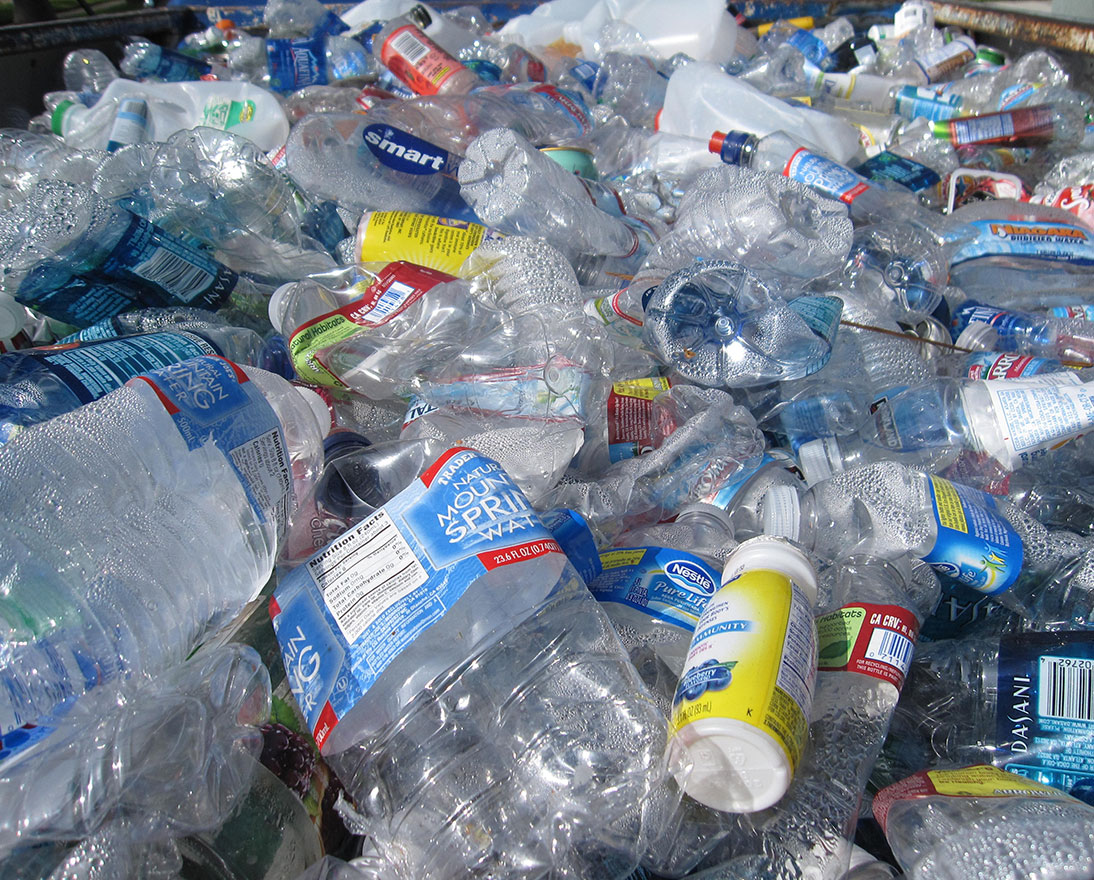Real vs. artificial: What is the most sustainable type of Christmas tree?
SustainabilityArticleNovember 25, 20245 min read
What is the most environmentally friendly choice: a real or an artificial Christmas tree? Or is there an even more sustainable festive option?
Christmas trees are a European tradition stretching back hundreds of years. But in this century, questions have arisen about whether this tradition is truly sustainable. Cutting down trees is bad, right? And buying a fake plastic tree cannot be good for the environment, can it? So what is the greenest option?
First up, the real Christmas tree. Some may think that chopping down a tree for a festive ornamental display is akin to deforestation. But real Christmas trees, which are usually evergreen conifers – such as a fir, spruce or pine trees – are a sustainable crop typically grown in a nine-year harvest cycle. For every tree felled for Christmas, one or more will be planted in its place. It means that you can think of the real Christmas tree as the more natural choice.
Artificial trees, on the other hand, are likely to be made from a plastic called polyvinyl chloride, or PVC. It produces greenhouse gases during manufacture and is not biodegradable. In fact, PVC is one of the most difficult plastics to recycle. There is also cardboard packaging to consider and the emissions that are generated as these fake trees are shipped across the globe from the factory to your home.
According to the Carbon Trust, a two-meter-tall artificial tree produces about 40 kg of carbon dioxide equivalent (CO2e), whereas a similar-sized real Christmas tree, with no roots, creates 3.5 kg CO2e – more than 10 times less.
The importance of Christmas tree disposal
So, the real Christmas tree is the winner and the greener option? Not quite so. There’s a catch. Because how you dispose of a real tree is more significant than where it comes from or how you got it home.
If your real Christmas tree ends up in landfill, its carbon footprint jumps almost fivefold to 16kg CO2e because during decomposition it will release methane, a greenhouse gas that’s 30 times more potent than CO2. The best way to dispose of a real tree is by burning it in a bonfire or by shredding it and spreading it over the garden.
Artificial trees are not all bad. They are often cheaper and are flame retardant, which is important for trees used in public places. And they can be used year-after-year. If you have a fake tree and reuse it for at least 10 Christmases, then the carbon footprint over its lifetime will likely be about the same as a cremated real tree.
And the winner is…?
Well, there is an alternative: potted trees. They can be replanted in your garden after the festive season and reused year-after-year.
“The best thing you can do at Christmas is to keep your tree alive and breathing as it will naturally absorb CO2 and release oxygen. So potted trees are the most sustainable option, but they need looking after,” says Anja-Lea Fischer, Head of Environmental Performance at Zurich Insurance Group.
If you don’t have a garden to replant your potted tree, then there’s another alternative: rent a real Christmas tree. Many garden centers and plant nurseries offer this service. They then replant the tree and re-hire it for the next Christmas.
“The debate over what type of Christmas tree is the friendliest to the environment comes up every year,” says Fischer. “But there are other aspects of Christmas with more damaging impacts on the planet, such as the increase in flight travel, the resources required for gifts and their packaging and the mountains of waste.
“When it comes to your Christmas tree,” she continues, “focus on what best suits your lifestyle, meets your family traditions and, most importantly, makes you happy.”
Christmas tree sustainability tips
- If you want a real Christmas tree, then rent or buy a tree grown locally. This will reduce the “tree miles” and ensure a fresher tree.
- After the holiday season, repurpose your real tree by chipping it into mulch for edging garden borders.
- Do you live near a lake or pond? Sunken trees can support a healthy environment for fish (but check with local authorities first).
- Do you live near the ocean? See if your tree can be used to support dune restoration.
- Check if your local municipality will recycle your real tree. Often, they are shredded and used as mulch on plants in parks, or on woodland paths.
- If you already have an artificial tree, keep it and then keep using it. And if you plan to replace it, try first to donate it before you dispose of it.



